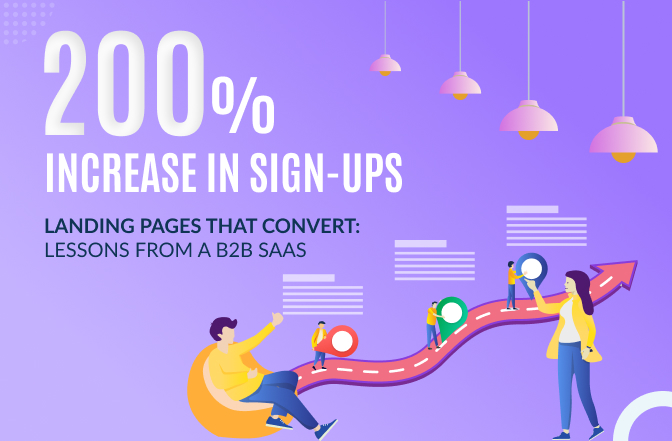In the realm of real estate, a website is not just a digital brochure but a pivotal tool in the journey of converting visitors into clients. Understanding how to design a real estate website that converts is essential in capturing the essence of potential buyers’ and sellers’ needs, ensuring they embark on a seamless journey from the first click to the final handshake.
This guide will navigate through the key elements and strategies for designing a real estate website that not only attracts but converts.
Keynotes:
Designing a converting real estate website involves an intuitive layout, compelling content, and strategic use of visual elements to guide the client through their journey. It’s about creating an engaging experience that answers potential clients’ questions, showcases properties effectively, and makes it easy for them to take the next step.
Crafting a User-Centric Design
The first step in designing a real estate website that converts is to focus on the user’s journey. A user-centric design ensures that potential clients find value in every click, leading them closer to their real estate goals.
- Intuitive Navigation: Ensure that your website’s layout is straightforward, with a clear menu structure that allows visitors to easily find what they’re looking for.
- Responsive Design: With the increasing use of mobile devices, ensure your website is responsive, providing a seamless experience across all screen sizes.
- Fast Loading Times: Optimize your website to load quickly, as slow loading times can deter potential clients and negatively impact your search engine rankings.
Showcasing Properties Effectively
The heart of a real estate website is its property listings. Showcasing properties effectively is crucial in capturing the interest of potential buyers and sellers.
- High-Quality Images: Use professional, high-resolution images to present properties in the best light, encouraging visitors to explore further.
- Virtual Tours: Offer virtual tours to provide an immersive experience, allowing clients to visualize themselves in the space from the comfort of their own home.
- Detailed Information: Include comprehensive details about each listing, such as square footage, amenities, neighborhood insights, and pricing, to educate and engage potential clients.
Leveraging Content to Engage and Educate
Content is a powerful tool in nurturing potential clients and guiding them through their decision-making process.
- Buyer and Seller Guides: Provide valuable resources like buyer’s and seller’s guides that answer common questions and position you as a trusted authority.
- Blog Content: Regularly update your blog with market insights, home improvement tips, and community features to keep visitors returning for more.
- Testimonials and Success Stories: Showcase testimonials and success stories to build trust and credibility with your audience.
Optimizing for Conversions
To convert visitors into leads, your real estate website must guide users towards taking action.
- Clear Call-to-Actions (CTAs): Use compelling CTAs that stand out and guide users on what to do next, whether it’s contacting an agent, booking a viewing, or signing up for a newsletter.
- Contact Forms: Make it easy for potential clients to reach out by including simple, accessible contact forms on property listings and key pages.
- Live Chat Feature: Implement a live chat feature to answer visitors’ questions in real-time, enhancing their experience and capturing leads.
Expert Insight
“Your website is your 24/7 salesperson. Make sure it’s equipped to engage, inform, and convert your audience,” says Barbara Corcoran, founder of The Corcoran Group.
Table: Key Features of a Converting Real Estate Website
| Feature | Importance | Impact on Conversion |
| Responsive Design | High | Ensures accessibility across devices, improving user experience |
| High-Quality Images | High | Engages users visually, increasing time spent on site |
| Virtual Tours | Medium | Offers an immersive experience, enhancing property appeal |
| Detailed Listings | High | Provides valuable information, aiding decision-making |
| Clear CTAs | High | Guides users towards taking action, increasing lead generation |
How to Design a Real Estate Website That Converts?
Designing a real estate website that converts involves focusing on user-centric design, showcasing properties with high-quality images and virtual tours, engaging and educating through valuable content, and optimizing for conversions with clear CTAs and accessible contact forms.
In conclusion, designing a real estate website that effectively converts visitors into clients involves a deep understanding of the client’s journey, strategic use of content and visual elements, and a focus on creating a seamless user experience. By implementing these strategies, you can transform your website into a powerful tool that not only showcases properties but also builds trust, educates buyers and sellers, and ultimately, drives conversions.
Ready to elevate your real estate website to the next level? Book a free consultancy with us today and let’s turn your website into a conversion powerhouse!










